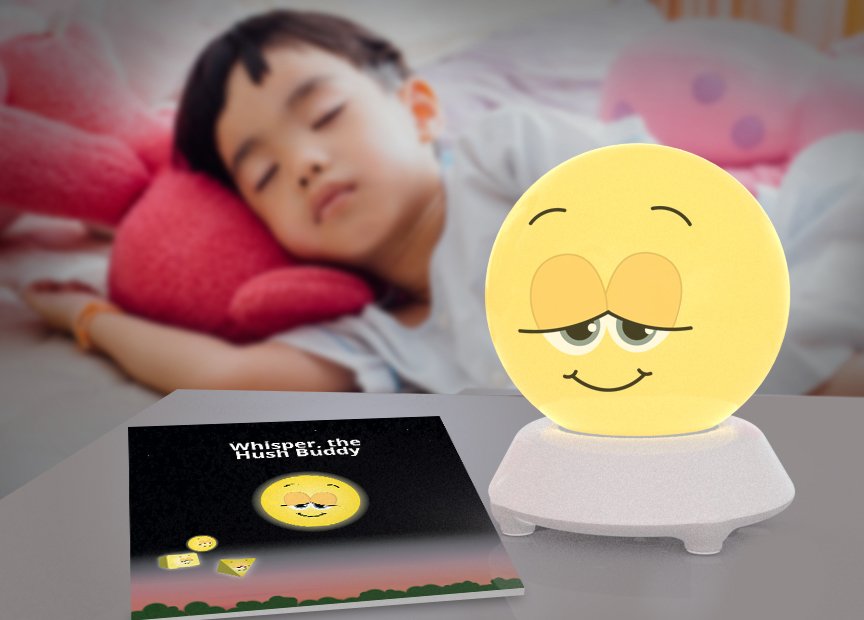Bedtime Fading
How long should your child sleep? Here’s a way to find out.

By SCOTT HANSON
Does it seem like your child just isn’t tired at bedtime? I don’t mean that they’re stalling and bargaining. I mean they just aren’t at all sleepy.
If so, you might want to give bedtime fading a try.
The idea of bedtime fading, or sleep fading, is pretty simple: If your child is really tired at bedtime, it will be easier to get them to sleep. So the goal is to find their body’s “natural” bedtime.
It can be transformative, but admittedly, it involves a bit of sleep deprivation for them at the start.
It’s also a great tool if your child seems have a sleep regression setback.
“If your child is really tired at bedtime, it will be easier to get them to sleep.”
HOW BEDTIME FADING WORKS
The process is this:
- Move bedtime 30 minutes later each night until you notice your child is tired and ready to sleep
- Be sure they wake up at the same time each morning. Given the later bedtime, they may be royal grumpizoids the first few days.
- Don’t let them nap past 4 p.m.
- Keep this routine for several days so that they adjust to going to sleep more quickly.
- Make bedtime earlier again by 15 minutes each night until you’re back where you want bedtime to be, OR your child begins to resist bedtime again.
You’ve just pinpointed your child’s natural bedtime!
AN EXAMPLE OF BEDTIME FADING
Jack is 3 years old. He wakes up at 7 a.m. for preschool, naps an hour in the afternoon, and has an 8 p.m. bedtime.
But at bedtime, Jack stalls. He begs for more stories, and gets out of bed over and over after his parents leaves the room. Sometimes it’s 9:30 before he’s down.
When Jack’s parents move bedtime to 8:30 p.m. things stay the same. They move it to 9 p.m. and see a change. Now, his eyes are drooping at bedtime. He stops coming out of his room and falls asleep in minutes.
Jack’s parents continue to wake him up at 7 a.m., which Jack isn’t very happy about. They’re careful to wake him from his nap by 4 p.m. And they continue to push bedtime to 9 p.m. again for several nights.
Jack seems to have the hang of it now. No more coming out of his room!
So now it’s time to fade bedime back to where it was, or as close as possible.
So the next night, bedtime is at 8:45 p.m. and goes smoothly. The night after that, 8:30 p.m. Again, it’s fine. But when bedtime moves to 8:15 p.m. Jack starts to be restless again and coming out of his room.
Jack’s natural bedtime is 8:30 p.m. Bedtime is easier, and everyone is getting more sleep.
If your toddler is fussy at bedtime, give bedtime fading a try. Let us know how it goes!
And to tighten up your bedtime routine, check out our article How to Get Your Toddler to Sleep.
MORE SLEEP FOR YOUR TODDLER
(AND YOU!)


